Having been involved in all elements of picture finishing for the hit series The Tattooist of Auschwitz, colourists Colin Brown and Jon Bruce break down the process, from crafting the filmic look through to final sign-off.
Adapted by Jacquelin Perske and produced by Synchronicity Films, from Heather Morris’ best-selling book, The Tattooist of Auschwitz is now a six-part series for Sky Atlantic.
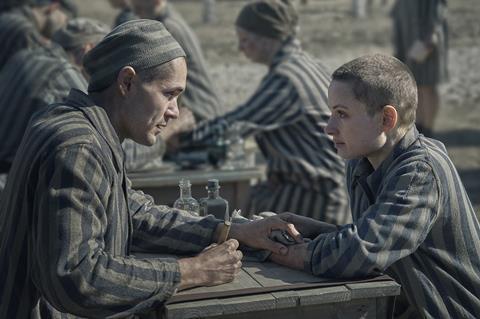
Inspired by the memories of Lali Sokolov, a Slovakian Jew and Holocaust survivor, the six-part historical drama follows elderly Lali (Harvey Keitel) as he recounts his experiences as a young man (Jonah Hauer King) when he is taken to Auschwitz concentration camp in 1942, and made to become one of the camp tattooists.
The series was directed by Tali Shalom Ezer and executive produced by Claire Mundell of Synchronicity, with all aspects of picture finishing delivered by Blazing Griffin. All VFX were delivered by Untold Studios and Union Visual Effects, led by VFX Producer Alan Church and VFX Supervisor Simon Giles.
Synchronicity commissioned Blazing Griffin to deliver post-production on the series having previously collaborated on projects such as ‘Mayflies’ and ‘The Cry’, both for the BBC.
Colin Brown, former Senior Colourist at Blazing Griffin, now having established his finishing company BSquared with Online Editor and fellow colourist Jon Bruce, explains: “This was the biggest project we had ever taken on and we discussed with producer and executive producer, Claire Mundell at Synchronicity, how to handle something of this scale and sensitivity. Both parties are based in Scotland and have a pre-existing relationship, so this helped massively to coordinate the project.”
Crafting the look
Shot predominantly in Slovakia, the series was lensed by David Katznelson and delivered in 4K using the Academy Color Encoding System (ACES) for both SDR and HRD final deliverables.

“David used Hawk anamorphic lenses, which gave beautiful distortions towards the edges and an overall unique image. It was a nice blend of digital benefits such as dynamic range, but also had some of the imperfections of analogue”, said Brown.
Katznelson travelled to Blazing Griffin where he and Brown further developed the look with director Tali feeding in notes remotely and in consultation with Synchronicity. “We wanted to take the audience on a journey to Auschwitz with an authenticity to the look that wasn’t forced.”
Brown continues: “A lot of our references were shot on film, so we used a film print LUT (look-up table) to restrict the colours to a filmic palette. We also used Live Grain, which is a plugin for (Blackmagic’s) DaVinci Resolve that adds texture and depth to the image in a very clever and organic way, nudging it toward the aesthetics of film. It analyses each frame and maps grain to different areas on the image based on luminosity and colour. The varying texture across the frame adds to the depth of the image.
“Finding the right level of saturation was probably one of the biggest considerations of the look. Too saturated just didn’t work well in the camp, and too desaturated felt like a barrier between the audience and the characters,” he says.
A solution for SDR and HDR
Brown and Bruce created a solution to managing the SDR and HDR deliveries in the digital intermediate (DI) by nesting the individual timelines within a master timeline using an ACES colour-managed workflow. This allowed the team to separate the specific elements for both delivery formats while maintaining a single timeline for any changes that were needed throughout the process.
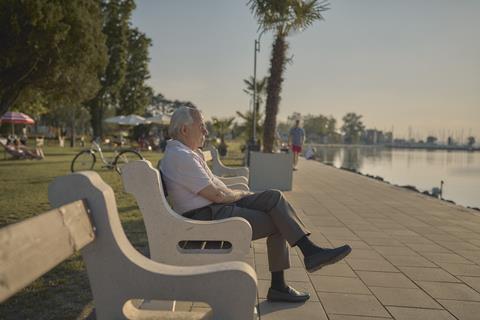
“I chose to do SDR first which creates a good base for the HDR and then I can flip between the two within the same master timeline,” Brown begins. “I think that in some ways I prefer HDR, you get all the benefits of the SDR, but with the added benefit of more dynamic range and highlights that just look more realistic. The catchlight in the eyes really makes people come alive in HDR.”
It was useful to have new tools via DaVinci Color Transform Language (DCTLs), noted Brown. “Mononodes, which is a third party DCTL was great for adding subtractive colour and helped to produce those dense, filmic colours, and Scatter was great for recreating physically accurate diffusion.
Online edit
Ahead of post-production, Bruce worked alongside Brown as well as Joanne Wood, Blazing Griffin’s Post Supervisor, and Stephen Beavis, DI Assistant Editor, to ensure that the team had an organised timeline management system in place to streamline the workflow and optimise collaboration across all areas of picture finishing.
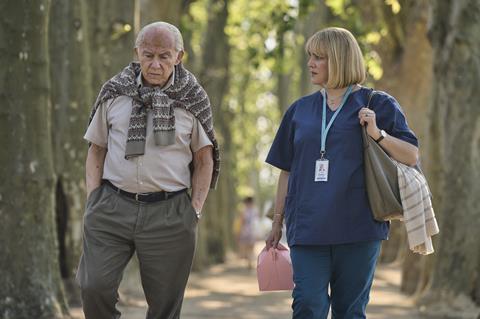
“We had a well-structured, collaborative database serving as the central hub where all tasks are recorded, marked, and flagged for everyone to see. Additionally, with the help of Mastering Technician Laura Wedlake, we implemented a multi-step quality control (QC) process to address any concerns promptly, either by fixing them or adding them to the online list for further review,” Bruce recalls.
In addition to the online edit, Bruce also tackled a large portion of the 2D VFX work before reaching the external VFX vendors. “We used a combination of Fusion Studio and Resolve to maximise the potential of the workflow. During the conform we used the DaVinci Fusion Connect method to create EXR packages for each shot,” he continues.
“I used Resolve for some of the easier fixes such as costume adjustments and often utilised the render-in-place method as well as Resolve’s Color Page shape tracking and patch replacer to smooth out any inconsistencies. However, I relied on Fusion Studio’s node-based system and paint tools to remove a lot of the modern-day elements such as security cameras, signage and graffiti. There was probably 30-40 shots per episode that needed work done.”
Picture finishing
Following final VFX delivery, VFX Producer Alan Church and Supervisor Simon Giles joined Bruce and Brown in the suite to review the finished episodes before starting the sign-off process with the director, DP, Synchronicity and Sky.
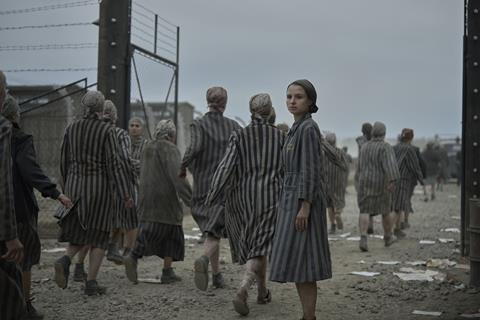
“We graded and reviewed the series in November/December, but the VFX wasn’t delivering until March, so we knew we’d be back to all episodes,” notes Brown. “For that reason, we didn’t fully treat the episodes as signed off in terms of the colour. Once we received the finished VFX we were all in the room together, with Tali joining us remotely from Tel Aviv.”
Blazing Griffin provided a live-stream of the colour grade using DaVinci Resolve’s Remote Monitoring. “Tali connected via the DaVinci Remote Monitoring App and could share her feedback and notes alongside David, Claire for Synchronicity, Serena for Sky, Alan and Simon who were all in the suite,” adds Brown.
“The VFX from Untold and Union were amazing. Many shots didn’t need any further work in the grade at all, partly due to the quality of the work, and partly due to how it was shot (the mix of live action with VFX),” continues Brown. “However, we’d do a pass of all the VFX shots individually, and then review the full episode again with the team and do another round of notes. On some of the final reviews we got to hear the sound mix which was beautifully done by John Cobban at Blazing Griffin and of course the score by Hans Zimmer and Kara Talve which is incredible.”
The Tattooist of Auschwitz is available on Sky Atlantic, Stan, Peacock, and various other platforms around the world.













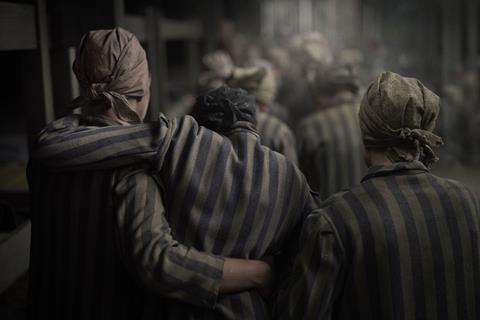
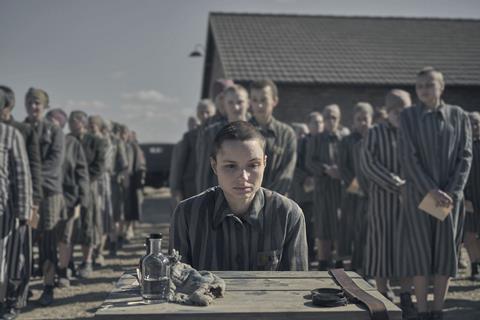

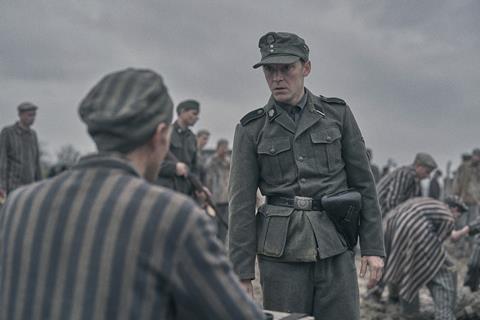

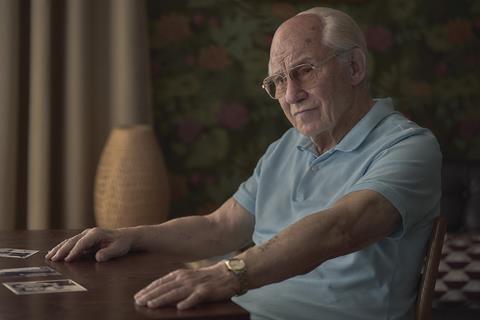

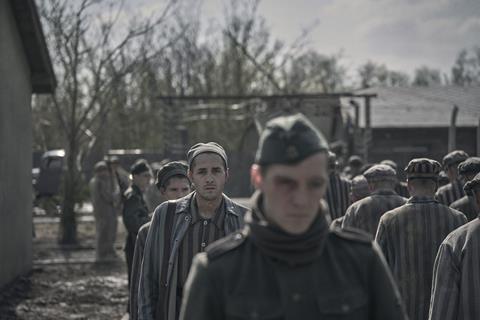


















No comments yet